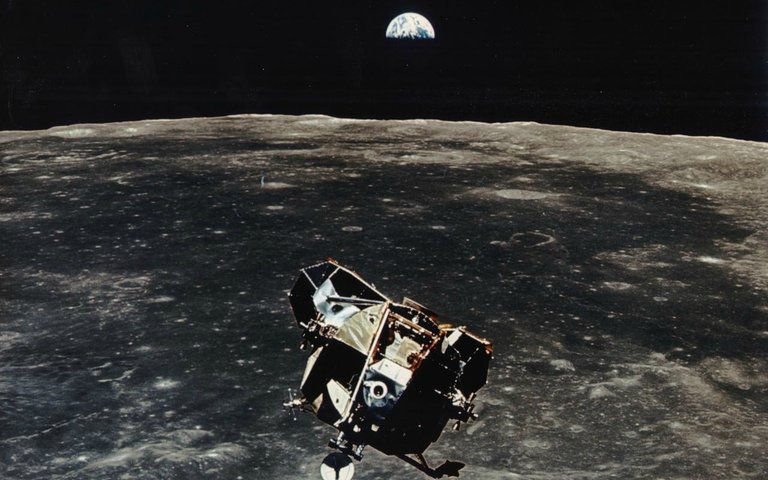October 10, 1967: As the American-Soviet space race continued accelerate through the 1960’s, world powers took a step back to establish the concept international space law. Originally open for signatures in Washington, Moscow, and London in January of 1967, the Outer Space Treaty sought to establish a basic legal framework for governing and enforcing international law in the far reaches of space.
With the world still reeling from the Cuban Missile Crisis in 1962, the United States and the Soviet Union were seeking common ground for avoiding the placement of nuclear weapons into space. Provisions in the treaty also barred any other weapons that could cause mass casualties from being placed anywhere in space. The treaty does not prohibit conventional weapons in outer space.
Additional provisions resolve that no signatory can stake claim to a celestial body or other object in space. In furtherance of this, no nation should be prohibited from freely moving in space and all research in space should be to the benefit of all mankind.

A lunar command module, in the foreground, has a clear view of the Earth as it rises over the horizon.
The Outer Space Treaty did much to ensure the peaceful exploration of space, and helped to end the space race, which largely ended in 1969 with the Apollo 11 moon landing. Over the decades since the original Outer Space Treaty was signed, follow-up treaties have narrowly defined the rights of nations and individuals in space. The United Nations Committee on Peaceful Uses of Outer Space [COPUS] is charged with enforcing all international space treaties.
Congratulations @policywonka! You have completed the following achievement on the Steem blockchain and have been rewarded with new badge(s) :
You can view your badges on your Steem Board and compare to others on the Steem Ranking
If you no longer want to receive notifications, reply to this comment with the word
STOPDo not miss the last post from @steemitboard:
Vote for @Steemitboard as a witness to get one more award and increased upvotes!